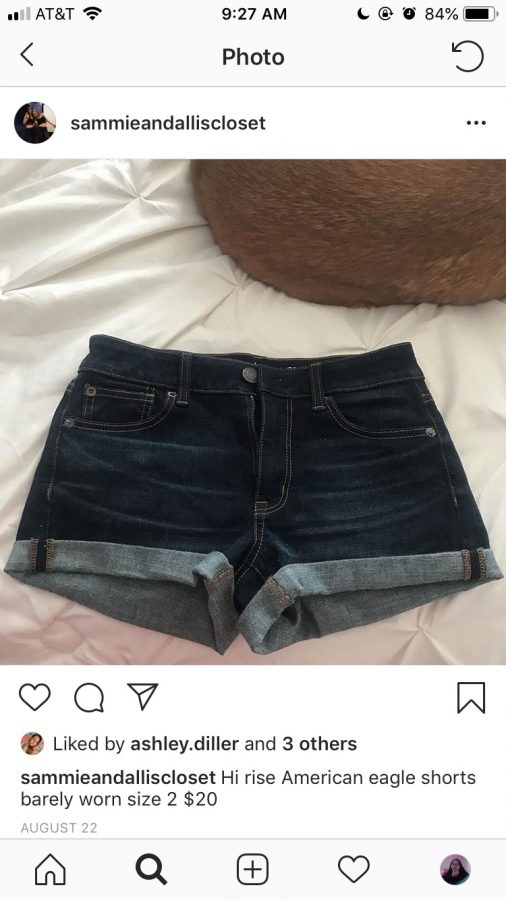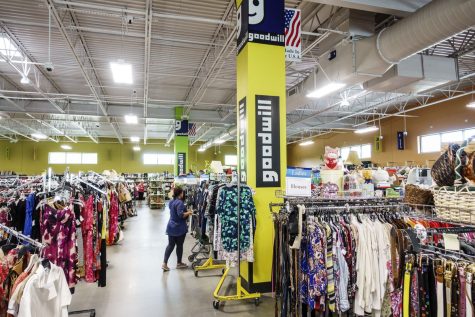Selling old clothes creates new trend on social media: “Instagram closets”
One new social media trend is the Instagram “closet.” Sellers create special accounts, separate from their personal ones, to post clothes listings and sell apparel they no longer want or need.
This trend of cleaning out one’s closet online began on other platforms, like Ebay and Craigslist: websites where people can post their belongings and have other users bid for them. Vintage stores and certain social media influencers would buy these second hand clothes from online to wear or resell. However, as social media has gained popularity, people are now turning to Instagram to sell their clothes.
Closet accounts usually feature posts with pictures of the clothing item for sale. Typically, the caption will include a short description, brand name, size, and price. Sellers might also state that the item can be tried on or put on hold to purchase at a later time in the caption.
Humanities senior Casandra Maier, who runs an Instagram closet account, says that she started it to “sell old clothes, and it was an easy way to get rid of them.”
Before closet accounts, Ebay, and other online platforms to sell clothes, old clothes were sold to thrift stores, given away to friends, or donated to charity. Now, people can make a small profit off of their clothing, by simply posting on Instagram.
“I think people should buy clothes from these accounts because of the fact that they’re convenient and cheap,” says Maier.
Prices may range from original retail price (and higher) or up to 50% discount of the original price, depending mainly on the quality and availability of the item and how much it’s been worn. For example, a bag that is no longer in production, from a well-known brand, would sell for its original price or even higher, while a normal, everyday clothing item that’s been worn a few times would sell for less.
Global senior Autumn Wang has bought clothing from an Instagram closet account she discovered on the “Explore” page before.
Wang states that she decided to buy a jacket from the account because it was something she wanted, and the closet account was selling it for much cheaper than the retail price. Wang adds that price is a big factor for her, and if the items seem too worn or old to be worth the price, she won’t buy them.
Wang and Maier both say that most of the closet accounts they see are run by people they know.
However, Maier also says, “I’ve bought a lot of clothes from accounts, even from people who live really far away. They send me the items and it’s pretty efficient, although you wouldn’t be able to try things on.”
Using mobile and online cash exchange applications like Venmo and Paypal, people can instantaneously transfer money to sellers living anywhere in the world, making transactions fast and easy.
“You don’t get a ton of money, but it’s nice to have a little cash to spend. It’s not hard to maintain, because whenever I see something in my closet I want to get rid of, I’ll just post a quick picture and see if anyone buys it,” says Maier.

Michelle Zheng is a senior in the Global Ecology program. This is her third year writing for the Pulse. She has been a member of the Poolesville Model...











